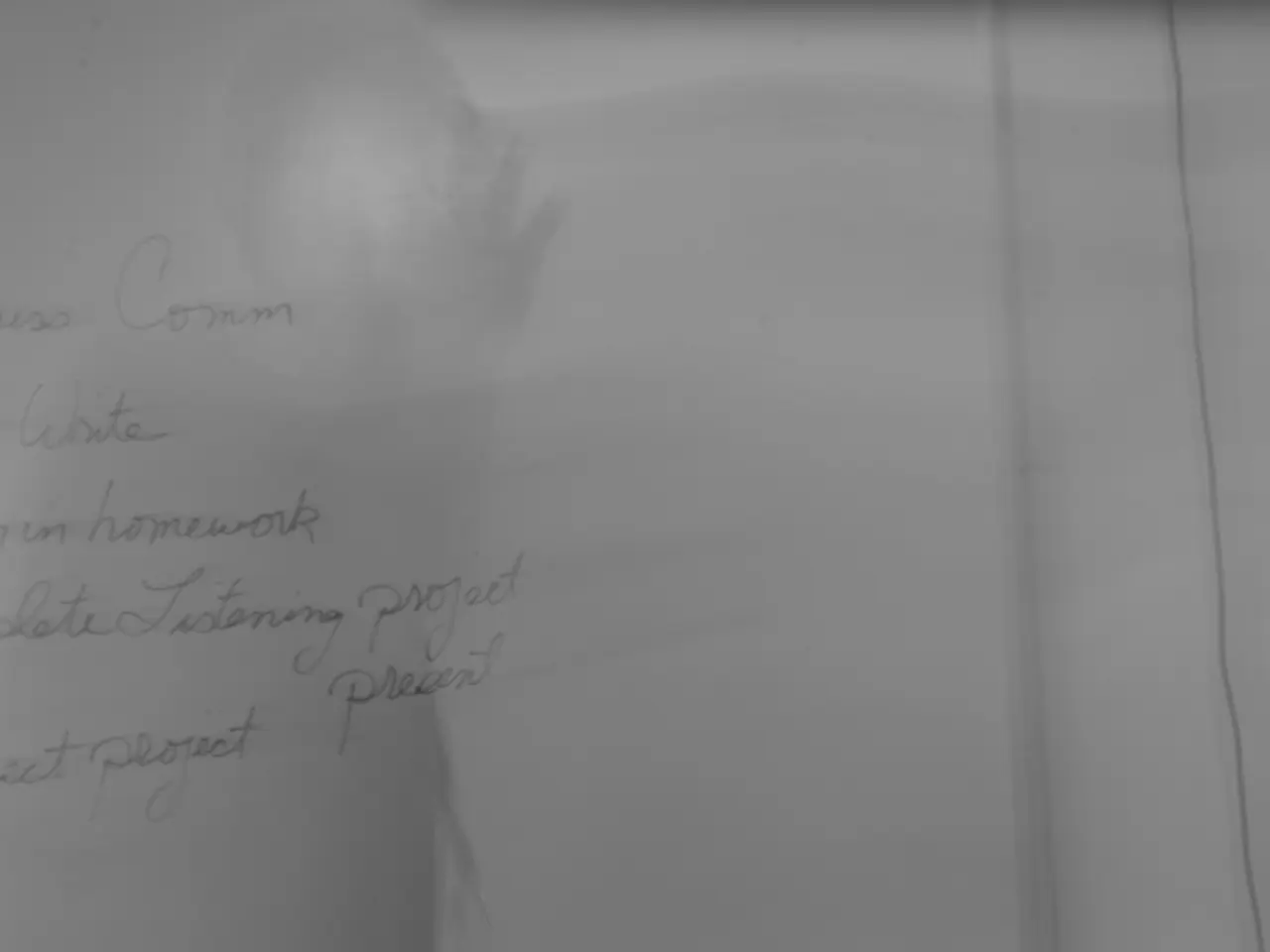Investing in the retention of talent during M&A activities is crucial for growth-oriented endeavors.
=================================================================================
In today's fast-paced business world, mergers and acquisitions (M&As) have become a common strategy for companies aiming to expand, diversify, or strengthen their market position. However, these deals often come with their own set of challenges, particularly in the realm of staffing.
In an article published as part of Adweek's Columnist Network series, Kubient CEO Paul Roberts delves into the pitfalls of staffing changes common to M&As. He highlights the difficulties in retention and hiring that companies are currently experiencing, which are often due to employee uncertainty, communication breakdowns, cultural clashes, and disruptions in hiring processes.
Employees, understandably, feel anxious about job security, their roles, and the evolving company culture. This anxiety can lead to decreased engagement and increased turnover. Communication gaps and lack of clear guidance only exacerbate these issues, causing many to leave due to mistrust in leadership or unclear future roles.
Retention challenges arise because mergers frequently lead to overlapping roles resulting in layoffs, reduced morale, and uncertainty about organizational direction. Integrating differing organizational cultures can create conflict and dissatisfaction. From a hiring perspective, M&As can delay recruitment timelines and create inconsistent candidate experiences, further risking loss of key talent.
However, Roberts emphasizes that talent is often considered the true gain in M&As. While financial and operational assets are quantifiable, the unique skills, institutional knowledge, and innovation potential of employees are critical to long-term value creation. Retaining top talent enables smoother transitions, preserves organizational knowledge, and drives future growth. Companies recognize that without engaged and committed employees, the strategic objectives of the merger may fail.
To address these challenges, Roberts suggests that organizations must prioritize employee engagement, transparent communication, trust-building, and thoughtful integration of cultures. Effective people-first strategies mitigate the risks of turnover and hiring disruptions, ultimately securing the human capital that defines the true value in M&A deals.
It's important to note that these difficulties in retention and hiring are not primarily due to a lack of talent or skills. In fact, the year 2021 has seen a significant increase in mergers and acquisitions, surpassing the trillion-dollar mark. This suggests that companies are recognizing the potential benefits of M&As, but may need to focus more on the people aspect to ensure their success.
This piece is part of a series that explores tactical thoughts and actions from high-level experts, offering insights into navigating the complex world of business. As we continue to see a surge in M&As, it's crucial for companies to remember that their employees are their greatest asset, and investing in them is key to long-term success.
[1] Roberts, P. (2021). The People Side of Mergers and Acquisitions: A CEO's Perspective. Adweek. [2] Smith, J. (2021). The Impact of M&As on Marginalized Groups: A DEI Perspective. Harvard Business Review. [3] Johnson, M. (2021). The Role of Employee Engagement in M&A Success. Forbes. [4] Williams, L. (2021). Navigating Hiring Disruptions in M&As. Fast Company. [5] Davis, K. (2021). Overcoming Retention Challenges in M&As. The Wall Street Journal.
- In the realm of finance and industry, addressing retention challenges and hiring disruptions during mergers and acquisitions is crucial for businesses to secure the human capital that defines the true value in such deals.
- Effective strategies in business, such as prioritizing employee engagement, transparent communication, trust-building, and thoughtful culture integration, can mitigate the risks of turnover and hiring disruptions, ultimately ensuring the success of mergers and acquisitions.




